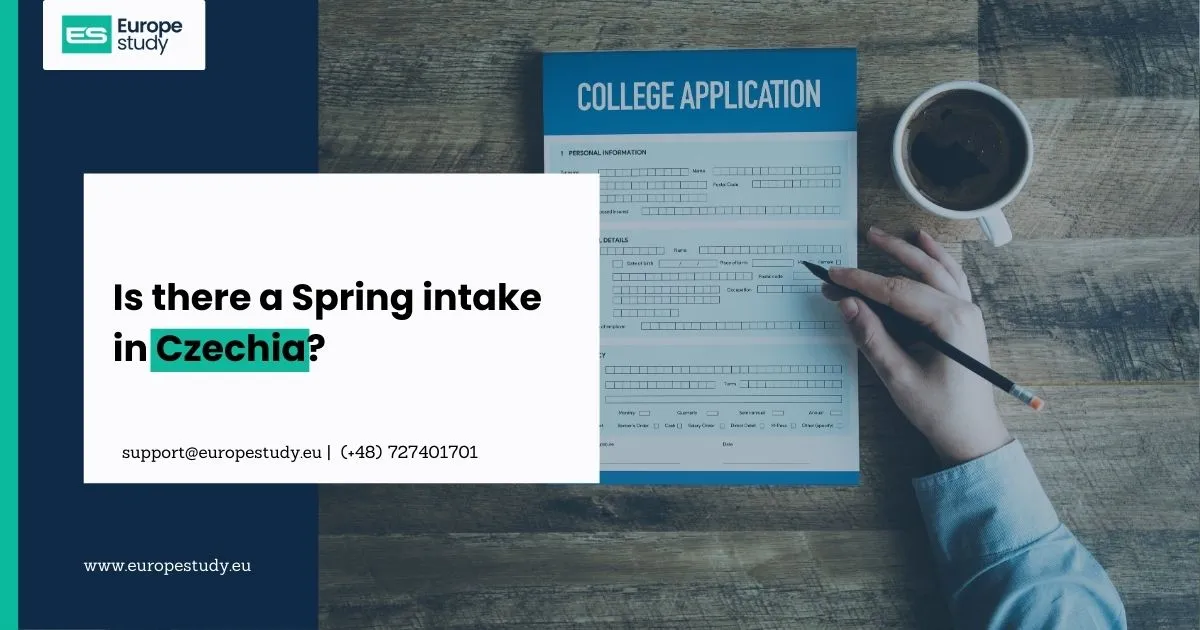
How to Apply for a Student Visa in Europe
Planning to study in Europe? One of the most important steps in the process is securing a student visa. While the exact procedures may vary by country, there are common steps every applicant must follow. Here’s a comprehensive guide to help you navigate the European student visa application process in 2025.
1. Get Accepted into a European University
Before starting your visa application, you must first receive an official letter of acceptance from a recognized university or higher education institution in Europe. This is a fundamental requirement and forms the basis of your visa eligibility. Ensure that your chosen program and institution are officially accredited.
2. Collect the Required Documents
Once accepted, begin gathering the necessary documents. While requirements may differ slightly from country to country, the following documents are commonly needed:
-
Valid Passport: Your passport should be valid for at least six months beyond your intended stay in Europe.
-
Proof of Admission: Submit your university's acceptance letter as confirmation of your enrollment.
-
Financial Proof: Demonstrate that you have enough funds to cover tuition, living expenses, and other associated costs during your stay.
-
Health Insurance: Most countries require proof of comprehensive health insurance for the duration of your studies.
-
Visa Application Form: Accurately complete and sign the official student visa application form.
3. Understand Country-Specific Requirements
Each European country has its own visa policies and application procedures. It's crucial to consult the official website of the embassy or consulate of the country where you plan to study. There, you’ll find detailed information about additional documents, language requirements, and country-specific rules.
4. Check for Online Application Options
Many European countries offer the convenience of online student visa applications. If this option is available, familiarize yourself with the digital platform and make sure all uploaded documents meet the required format and standards.
5. Submit Your Application
Submit your completed application either online or in person at the appropriate embassy or consulate. Double-check all your documents before submission to avoid delays due to missing or incorrect information.
6. Wait for Visa Processing
Processing times can vary depending on the country and your personal circumstances. Generally, it can take anywhere from 2 to 6 months. Apply well in advance of your intended travel date to ensure you have enough time to secure your visa before your course begins.
Applying for a European student visa may seem complex, but by following these steps and preparing thoroughly, you can increase your chances of a smooth approval process. Always check the latest information from official government sources and begin your preparations as early as possible. Studying in Europe offers a valuable academic and cultural experience—start your journey with a strong, well-prepared application.





